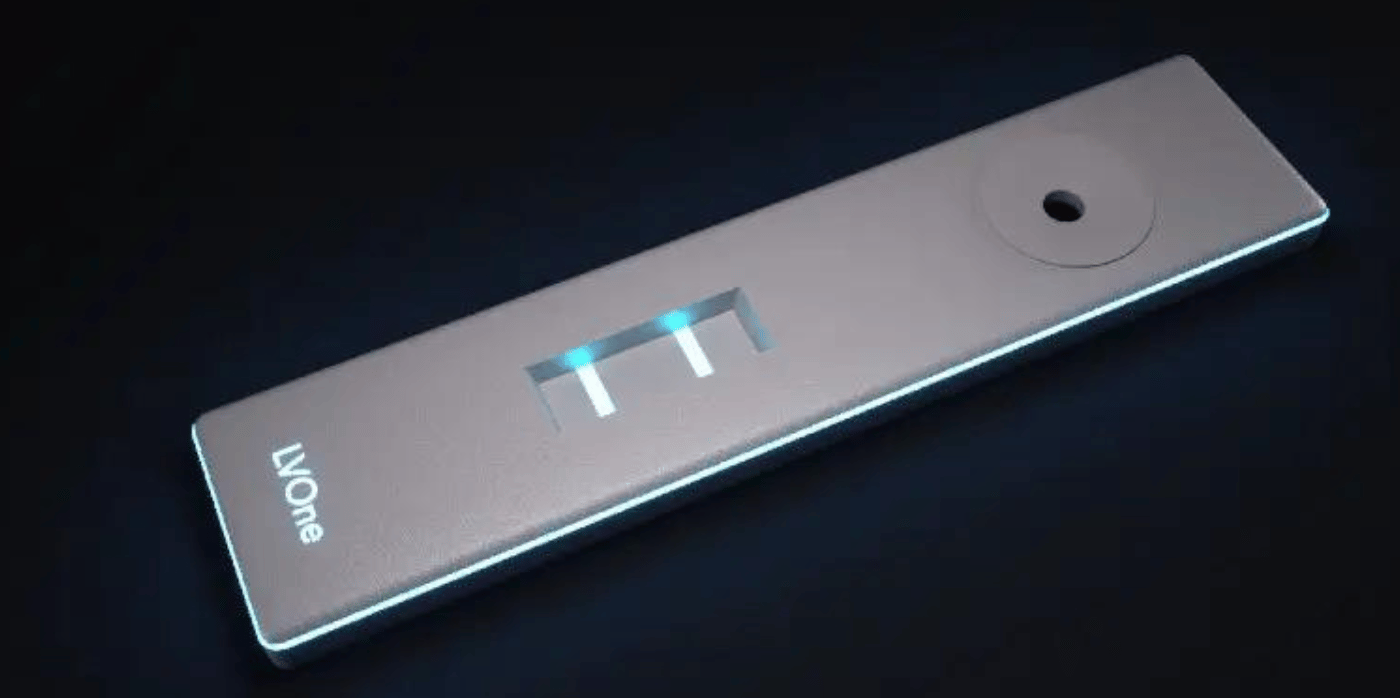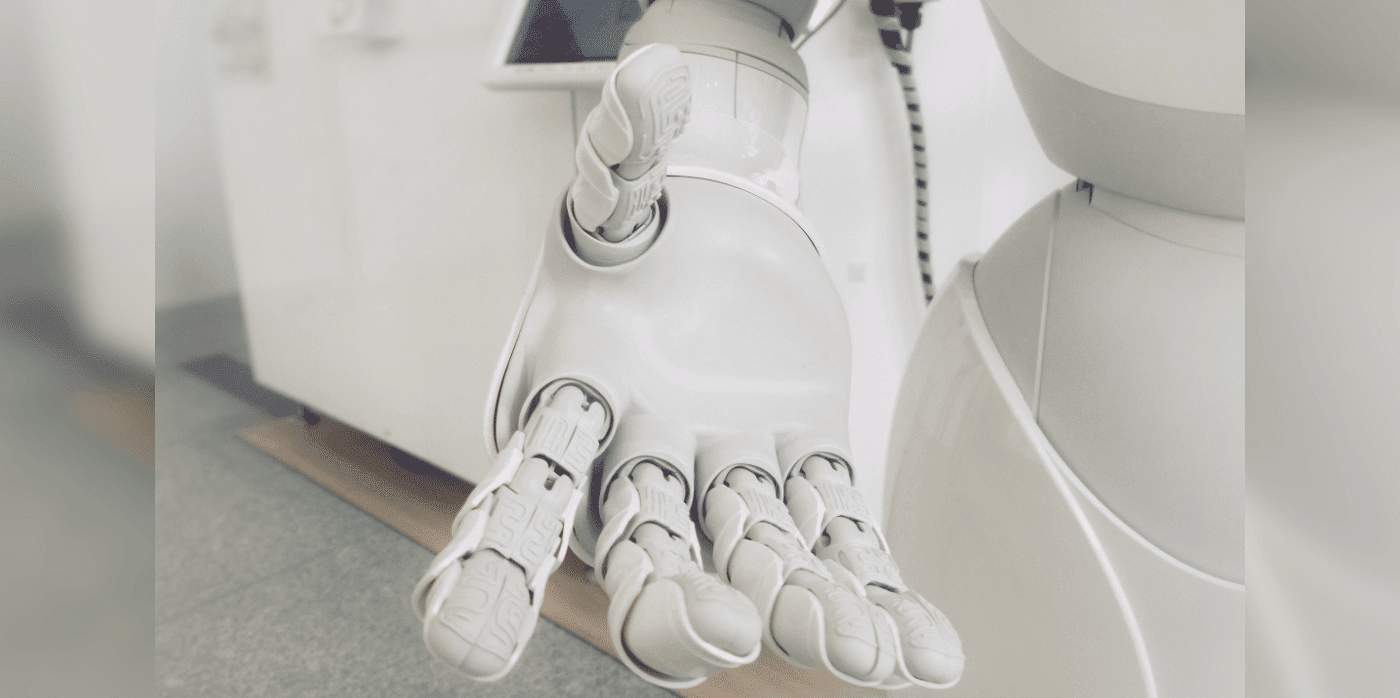A diagnostic test can detect a stroke within 15 minutes

Spotted: The World Stroke Organization’s Global Fact Sheet 2022 revealed that the absolute number of cases of stroke increased “substantially” between 1990 and 2019. And with that growth, a correspondingly high financial cost is borne by health services. Seeking a way to reduce the mortality rate for large vessel occlusions (LVOs) – the most common kind of stroke – Cambridge, England-based startup Upfront Diagnostics has created a rapidly deployed, mobile, and highly accurate stroke detection kit.
The company discovered new blood biomarkers that are able to detect strokes, and with that knowledge, built the LVOne. The handheld device uses a single drop of blood from a finger prick to diagnose an acute ischaemic stroke caused by LVO and is designed for use on the go in an ambulance on the way to a hospital A&E. Paramedics administering the test receive results in 15 minutes or less.
With LVOs responsible for up to 96 per cent of stroke deaths, the ability to identify an occurrence en route to the hospital relieves some of the burden on the receiving care team and allows the patient to access time-sensitive treatment as quickly as possible. Upfront Diagnostics highlights that for every 15 minutes of earlier treatment, there is a cost-saving of over $60,000 (around €53,500) per patient. Multiply that efficiency by the millions of cases of strokes worldwide and the potential reduction in financial burden for health services is enormous.
Upfront Diagnostics validated the accuracy of its technology by testing 270 patients at the Royal Victoria Infirmary Hospital in Newcastle, UK. After closing a round of seed funding that raised £1.6 million (around €1.9 million), the company plans to scale up the availability of its technology as well as continue research and development (R&D) in order to identify additional types of strokes and refine the system’s overall precision.
From assistive robots to rehabilitation robotic gloves, Springwise’s archive contains a range of innovative projects focused on improving the health of stroke patients.
Written By: Keely Khoury



